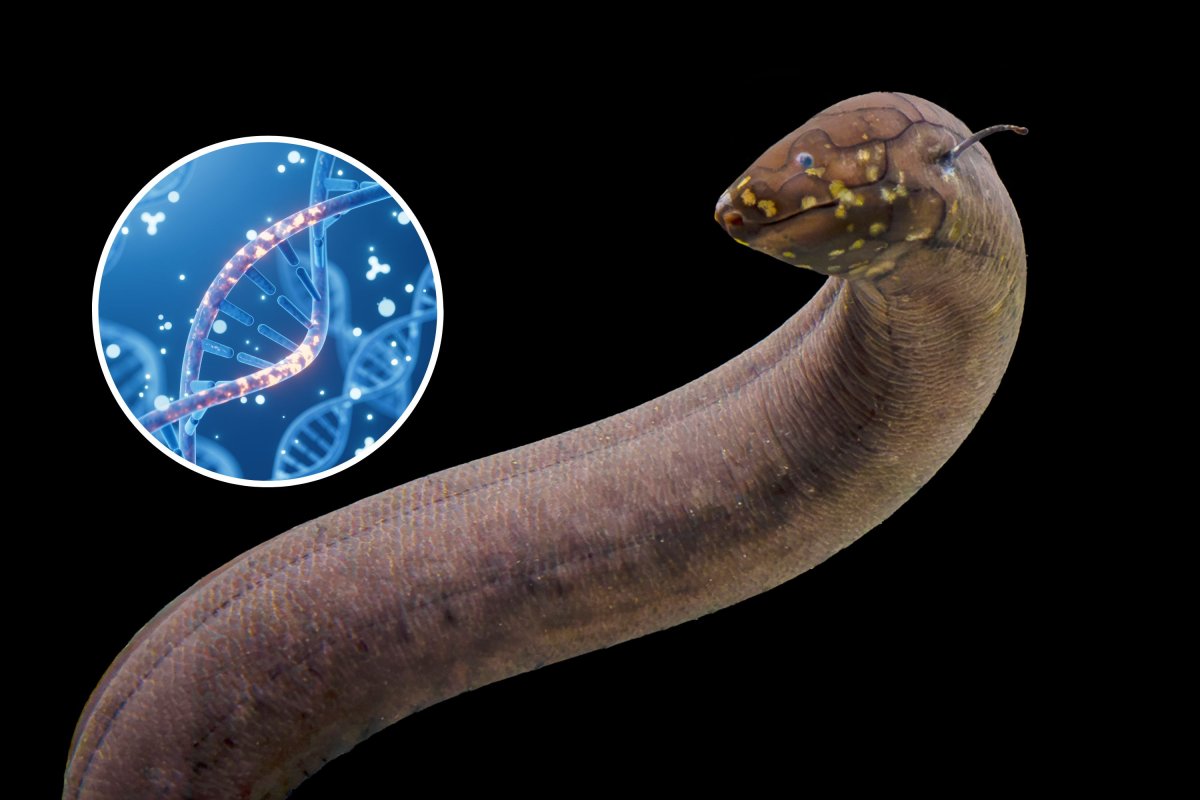South American lungfish

South American lungfish
Scientists have sequenced the largest known animal genome — and it's 30 times bigger than the human genome.
The genome belongs to the South American lungfish (Lepidosiren paradoxa), a primeval, air-breathing fish that "hops" onto land from the water using weird, limb-like fins.
The fish's DNA code expanded dramatically over the past 100 million years of evolutionary history, racking up the equivalent of one human genome every 10 million years.
Lungfish are sometimes called "living fossils" because they have existed for hundreds of millions of years.
They are thought to be the most closely related species to the first tetrapods, the ancestor of all vertebrates.
These ancestors likely sprouted limbs and crawled onto land around 370 million years ago during the Devonian period, (419 million to 359 million years ago).








